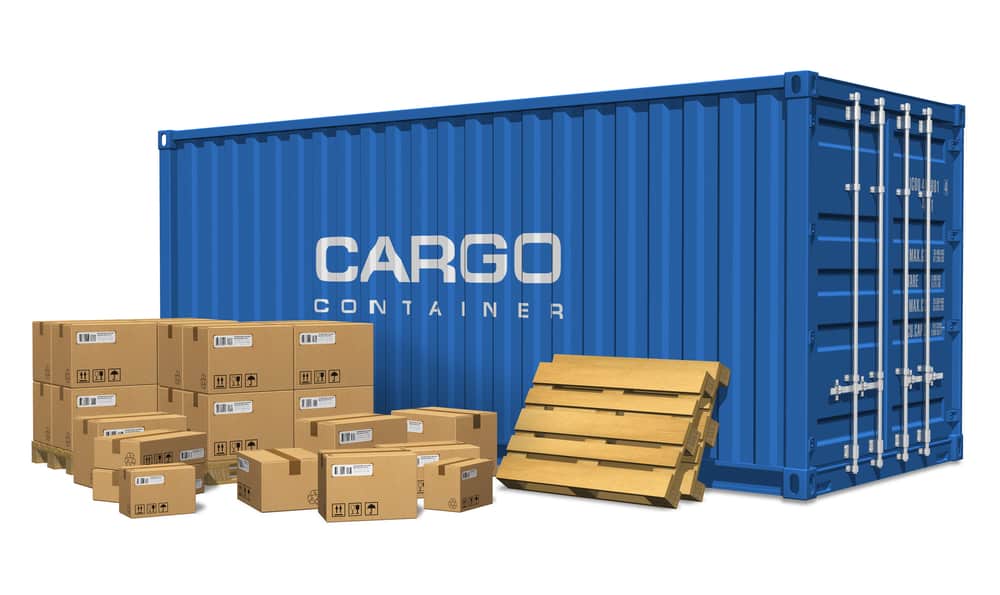Container loading procedures apply to all commodities transported in containers by ocean freight.
There are some specific requirements for container loading. First of all, the key person is the shipper, who is responsible for loading the container. It is important to select the right container for the job. The second step is to check your container when it arrives. Is your container clean? Are there any damages, or vulnerable points? Locate the points where there might be a leak. The most vulnerable point of a container is its doors. Don’t forget to check them prior to loading. As well as the inside of the container, the outside is also important. Check for possible damaged areas, or repaired areas. Look at the sides. If your container is not safe, call for another one. Don’t forget! If you don’t give your cargo the best start, there is always a chance for it not to arrive in good condition.
After finding the best container that will fit the job, now it is time to load your cargo into container.
“Stuffing” is the most popular term nowadays for loading cargo into containers. To “stow” is to pack or store carefully, and neatly, in the container. Planning the stow step from the beginning is very important in order to distribute weight and maximize the space utilization. The weight should be spread evenly in the container. Improper loading can lead to damage of your cargo. Make sure to use all the space in a container from wall to wall. You should consider that if the container packed tightly, it will help keep cargo secured in place, so it does not move around and become damaged. Be careful about not putting direct pressure to container doors. As I mentioned before, the container doors are the most vulnerable points of the container. If not loaded properly, even the cargoes considered as hard to damage can also be damaged.
The weight of the cargo is another important factor that needs attention.
Every container has a verified weight. The container should not be loaded above the road regulations and payload limits of the container. The maximum weight/mass capacity of a container cannot be exceeded. The weight of the cargo should be distributed evenly. As general knowledge, heavy pieces should not be loaded on top of light pieces. Every container has a verified weight.
Safety of your cargo starts with packaging and stowing.
It is important to make sure that you follow all the regulations, and not risking your cargo, by loading without planning and considering the above mentioned facts. Do not forget to check the container after it is loaded and sealed. Planning the container-loading process carefully will make the shipping process easier.
Remember, at MTS Logistics, we always want the best for you.
- 109shares
- 88LinkedIn




